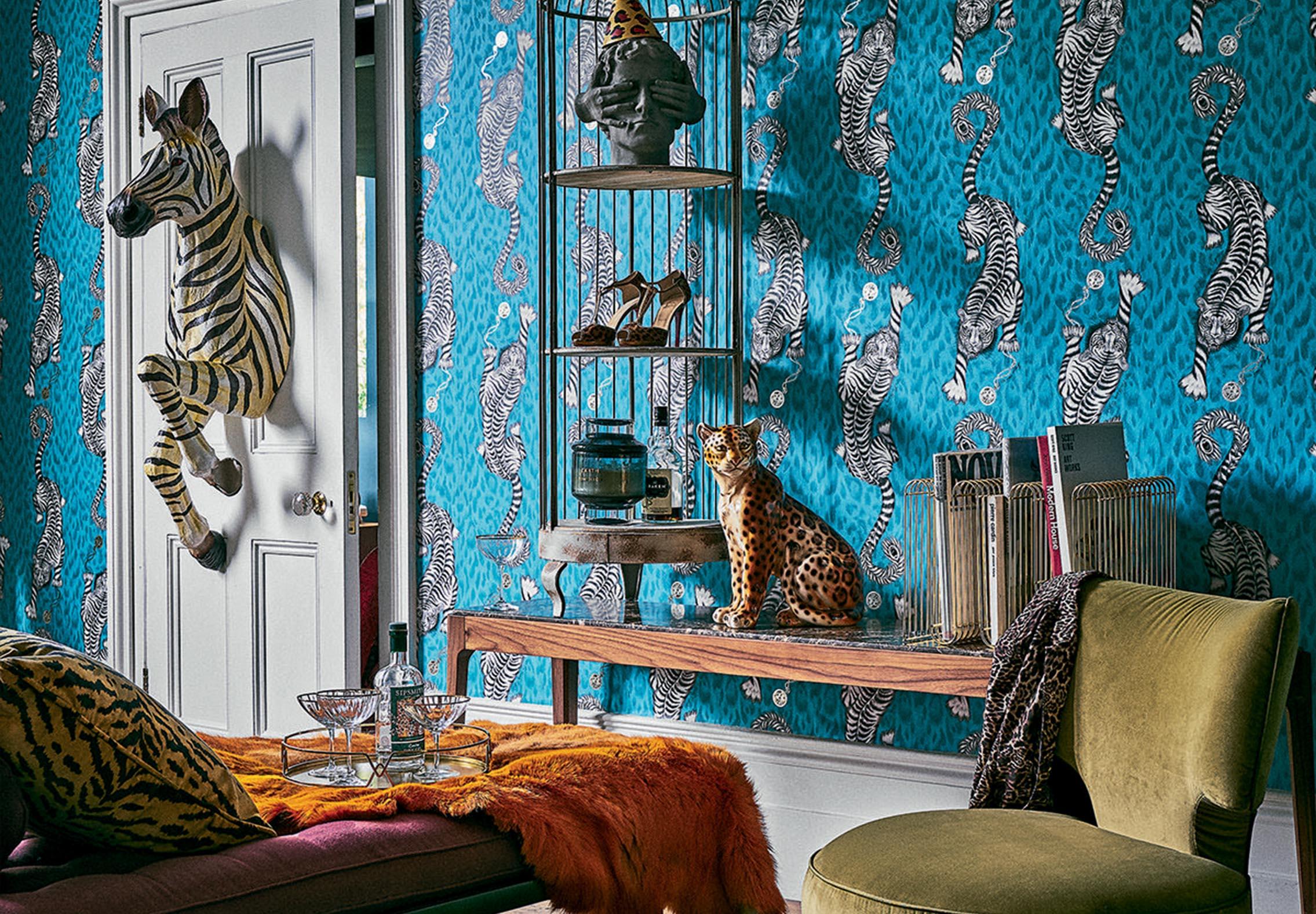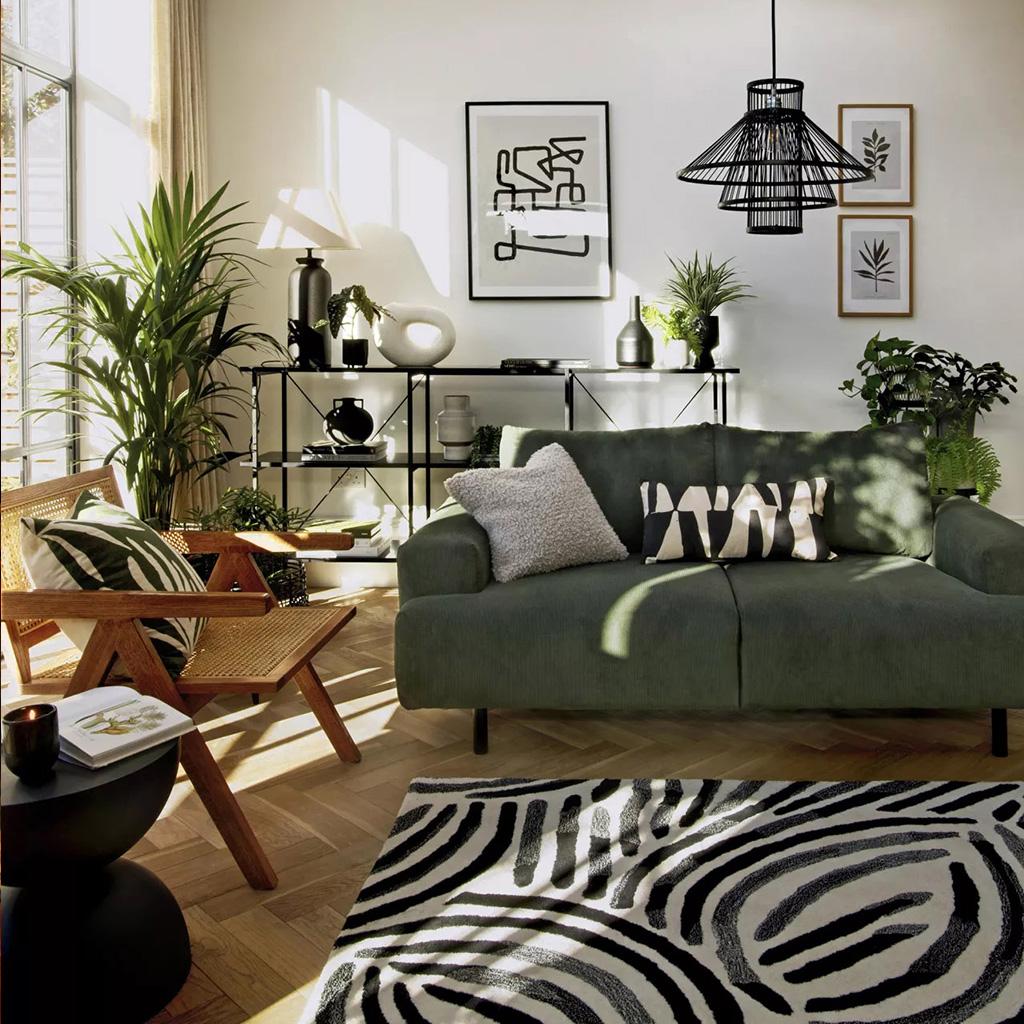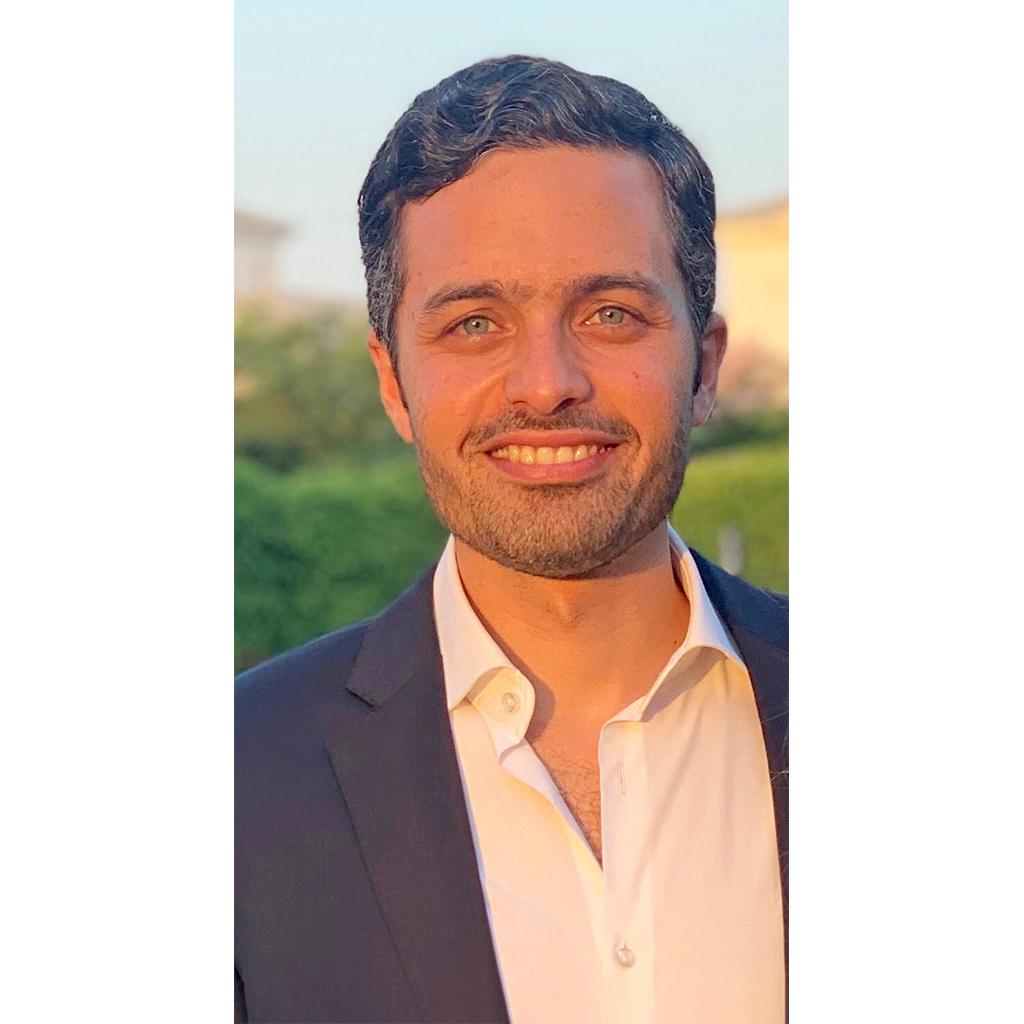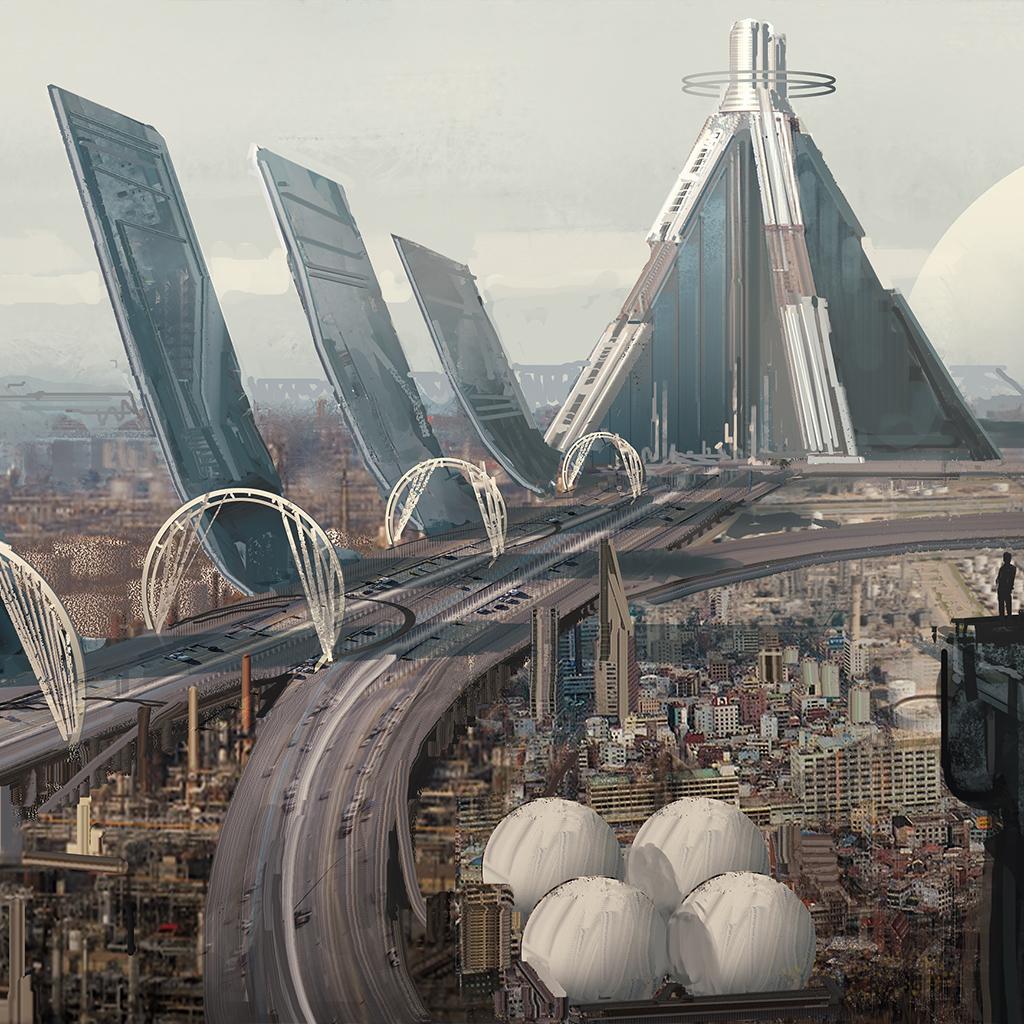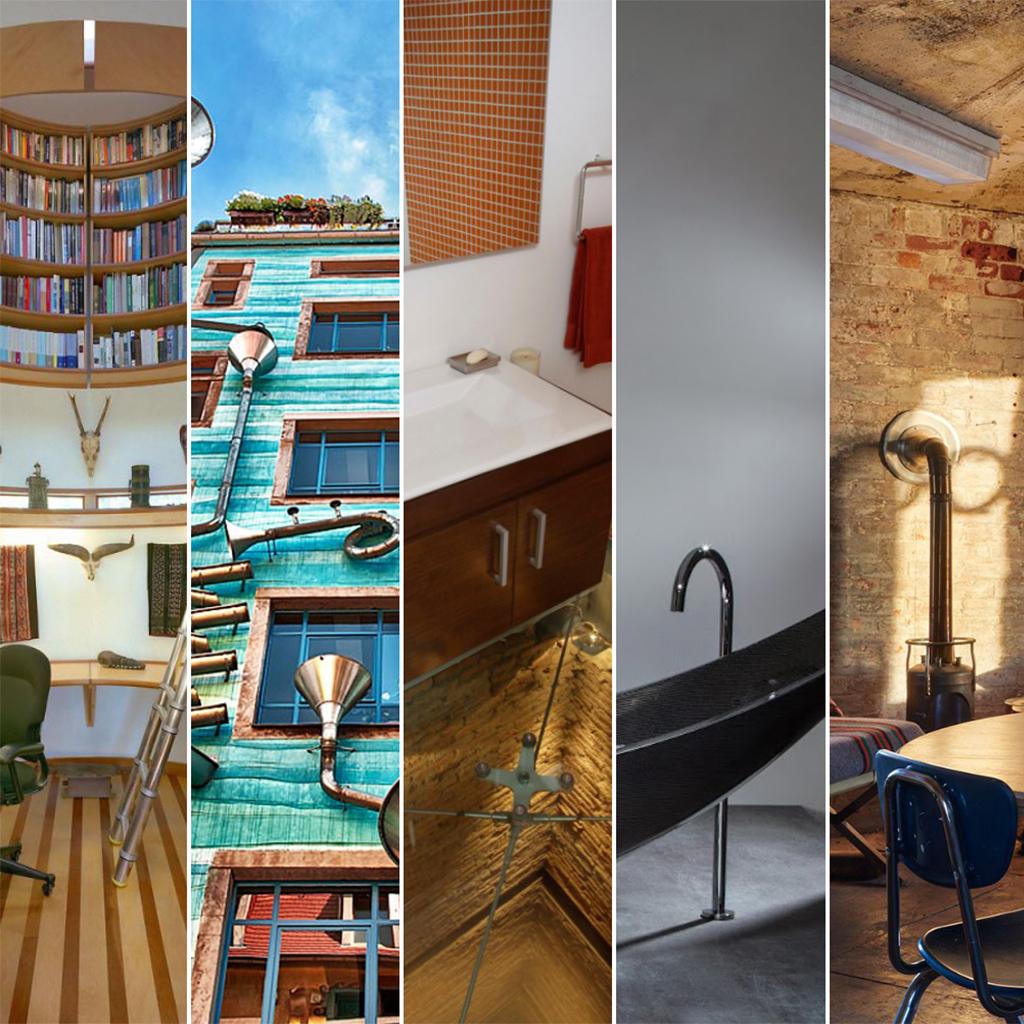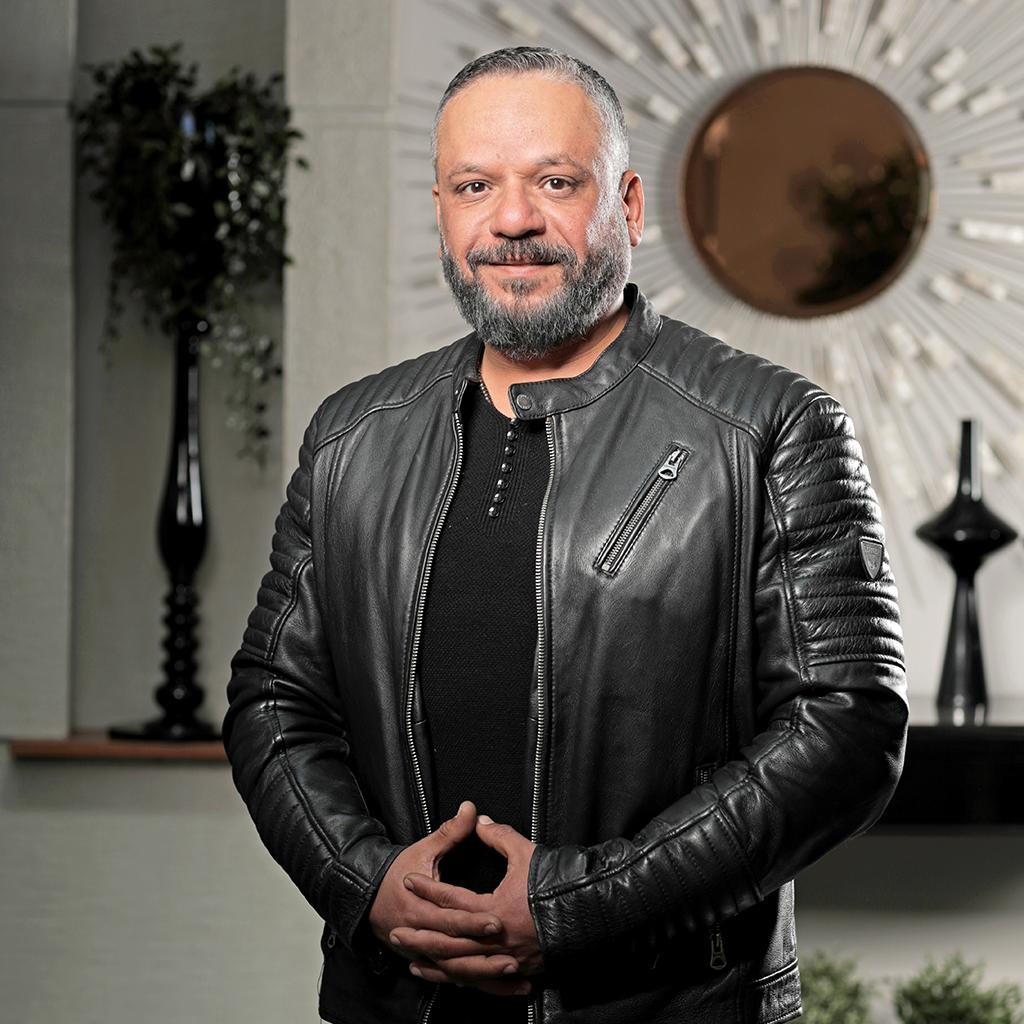
Written by: Yasmeen Ebada
Date: 2021-04-13
Who knew that growing up in hotels would lead to an interior design career?
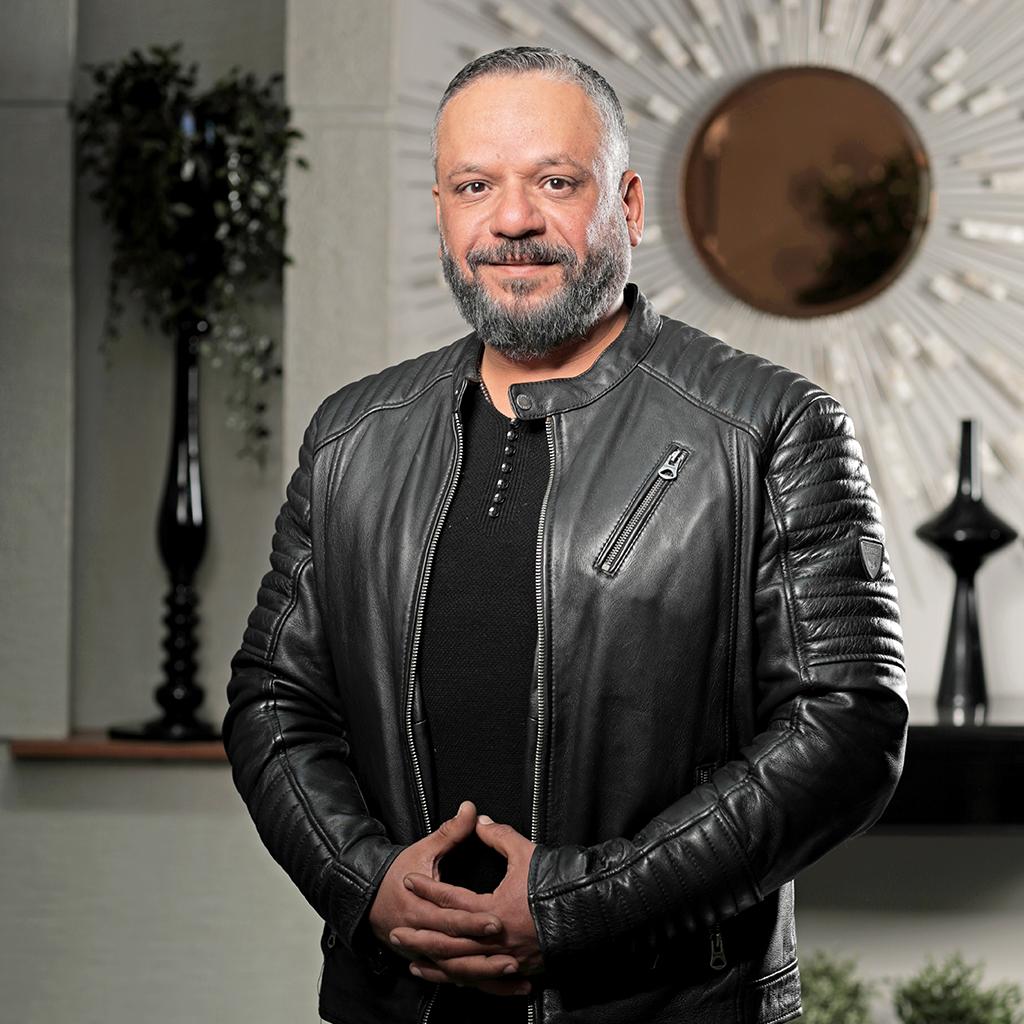
Who knew that growing up in hotels would lead to an interior design career?
Engineer Ahmed Abd Alkader’s father worked in the hospitality industry for 37 years. Abd Alkader grew up in hotels. So, he already had a hospitality background. As a kid, he would run around the Marriot Mena House Cairo hotel when his father was the food and beverage manager. His dad also became a resident manager, and so, Abd Alkader was raised in this environment. This is what led him to his first experience in the interior design world—a trainee for the execution of the Oberoi Beach Resort in Sahl Hasheesh.
Abd Alkader chose to stick to this.“I was lucky to start my interior design career in the hotel environment,” he said.
Ahmed Abd Alkader graduated from Applied Arts with a concentration in decor in 2001. and started working on Sept. 15, 2001. He started his career working for Bisazza, one of the top Italian luxury companies specializing in glass mosaic for exterior and interior decoration, in their office in Egypt. The Four Seasons Hotel Cairo at The First Residence in Gizaand the Park Regency—formerly Hyatt Regency—were working with Bisazza as well, and Abd Alkader was working with all of them at that time.
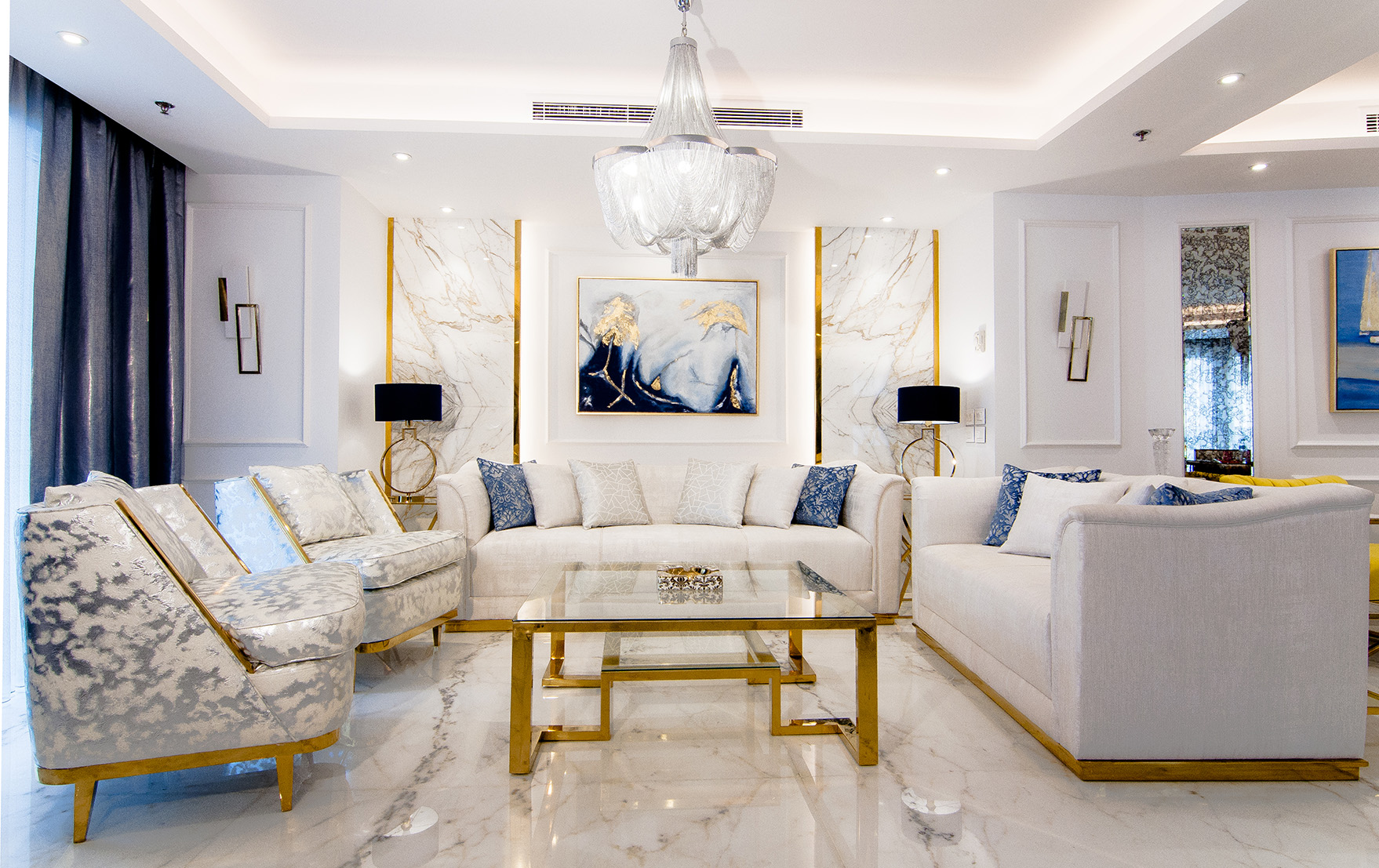
From 2002 to 2007, he left and worked at International Design Studio (IDS) with a French designer who was one of the most important interior design figures in Egypt at the time. He designed most of the hotels in Hurghada, Sharm el Sheikh, and the Gulf region. In 2007, he was introduced to Bahaa Sabry, the founder and chairman of Verinno Holding Company—a furniture store. They both collaborated and started a design office, Verinno Designs, from 2007 to 2013. In 2013, the design office separated from Verinno Holding Company, and Sabry and Abd Alkader launched an interior design firm afterward, Creative Designers Associates (CDA) Studio. Abd Alkader has been a partner and managing director at CDA Studio ever since.
Abd Alkader works in various sectors, including hospitality, corporate, retail and residential. “I work in whatever needs to be designed,” he said. Abd Alkader discussed many intriguing topics about interior design and the nature of the industry. One of the main discussions we had was on how the advancement of technology is affecting interior design. “The advancement of technology has a huge impact on interior design. Many programs and software are used to enhance the quality of the product, helping the design become more precise, and providing a better opportunity to make adjustments and changes. It speeds up the design process,” Abd Alkader said.
In terms of the actual product or design, there is a new tendency for adopting automated solutions, security, and heating systems with boilers and under-floor heaters. Abd Alkader argued that those technological advancements have been available since 2001, but they were not as developed as today, and there were not many competitive prices. Ten years ago, not everyone could afford home automation, but with the various choices available today, there is a good range to cater to different budgets. The variety of wireless solutions has impacted interior design. People do not want to get up to turn on their TV or close the curtains. They want to be able to do this using their phone or an iPad. In addition, smart solutions could be implemented with any design style. “You could have a classic design that comprises the latest smart solutions. You could have the best of both worlds. Smart solutions only enhance the quality of life and make it a bit easier. It is never a rule to embed a modern style to have a stylish smart home. You can implement an Islamic architectural design style in a smart home.”
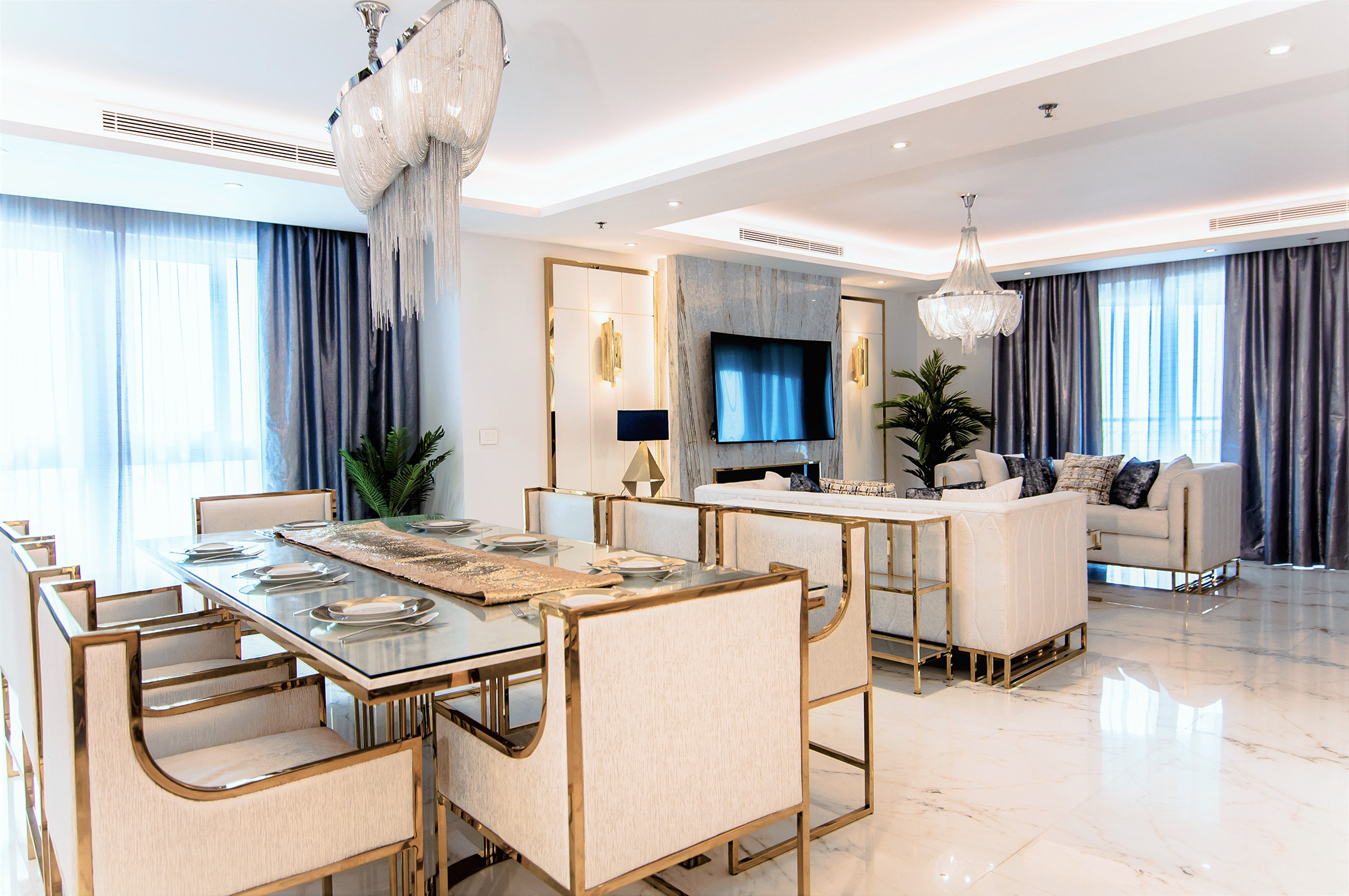
Abd Alkader argued that many people want to adopt smart technology in their homes. People want to include a security system to detect intrusion in their homes to feel safer. They do not want to physically get out of their car, and to manually open their garage to park. They want to do everything with a press of a button. Everyone wants the easy way, so now, all their home control systems are connected in one panel. “When residents return to their home after a stressful day at work or a vigorous physical workout, they want to come back to a comfortable home,” he said.
Abd Alkader argued that since COVID-19, people’s demands for their home design and setup have changed. “People want their home to appear somewhat as a semi-public space. They want to create a similar atmosphere to that they experience outside their homes. The guest bedroom has more value now than it did before because people are quarantining together and could stay for weeks together under one roof. They want to install projectors in the house or in the outdoor pergola to get the same feeling as watching a movie in the theater. Forced to spend longer hours at home, people started to get used to this lifestyle, and therefore, the home function has changed to comply with it.”
In the last five to seven years, there has been an initiative from the government to promote green projects; for instance, the New Capital City and many company buildings are going green. “With time, I think it will be more embedded in our culture. However, this is more related to the architectural field. In interior design, it is different. Our clients have a certain budget, and we cannot tell the client to buy all-natural materials. It depends on their budget and what kind of materials they desire,” he said.
Abd Alkader stated that his main priority is to achieve his clients’ desires while adding value to the property from an interior designer’s perception. “As an interior designer, my role is to reflect your taste, and not to impose my taste on you,” he said.

A house does not necessarily have to follow one single style. For example, the reception area could follow a dominant design style, but the living room could be completely different. Bedrooms are also more personalized—a teenager’s bedroom will be designed differently than the parents’ bedroom. When he executed the interior design of a palace in the Gulf region, the ground floor and the architectural exterior followed an Islamic design style, but all the bedrooms followed a French style. The client desired those variations of styles, and so, Abd Alkader followed. “Our role is to expose the client’s taste in an enhanced way. Everything has to be matching and well-coordinated,” he said.
Abd Alkader has worked on all design styles, including classic, contemporary, post-modern, and Islamic. He does not have a preference. A good interior designer avoids design repetition, and therefore, even if Abd Alkader follows what the client wants, there is always room for innovation. “People are different. So, just like every human being has a unique fingerprint, every client has their special requirements that are different from those of another client,” he said.
Abd Alkader executed three beach houses in the North Coast for three siblings, and as expected, although all three houses encompassed a modern style, they were all executed differently because every woman had different needs. “The spirit of the places was the same because, at the end of the day, it was a beach home. But all three designs were completely different than one another,” he said. “My role is to be able to innovate while executing a project that meets the clients’ needs. This is the ultimate goal, and this is how you measure success.”
In interior design, the work is always brought into the open; the good and the bad. Many people, apart from the client, get to see and experience the space. Abd Alkader thinks that “when those people tell the client that they love the space, it is a further reflection of the project’s success. People will be eager to know who executed the interior design of the space.”
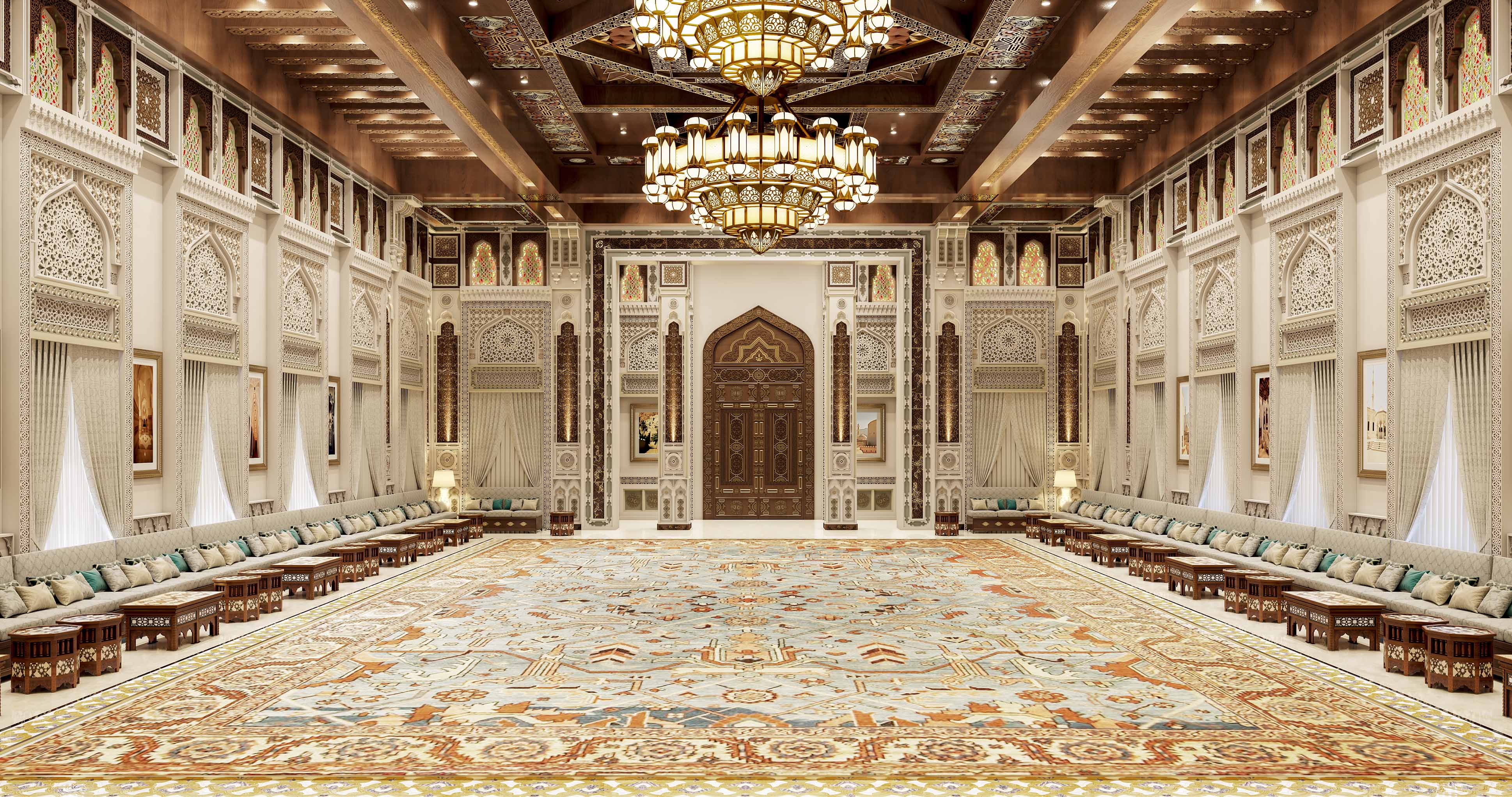
When asked about his favorite project, Abd Alkader mentioned his very first project. As a trainee, he got to work and learn from the experts who executed the Oberoi Beach Resort in Sahl Hasheesh in Hurghada. He loved working on the post-modern Arabic architectural and interior design style. As a college senior, Abd Alkader got to learn from the best, including the renowned American architect, William Perry, and the renowned Singaporean interior designer, HL Lim. He got to learn from and work with two of the most globally respected craftsmen in their fields. “Despite working in the field for 20 years, I learned the most from this project because the hospitality sector incorporates all the elements. This hotel chain is extremely picky about the slightest detail,” he said.
Abd Alkader worked hard on it and conducted the orientation, where he presented the concepts of the project to the people who were about to operate the hotel, and he witnessed the execution and handover phases of the project. “It was a good start. It helped me become ahead of my cohort. This prepared me to have good experience in the execution phase of projects because I saw everything on a bigger scale,” he said. “If an interior designer can execute a big project of the size of a hotel, they could work on any other project then,” he declared.
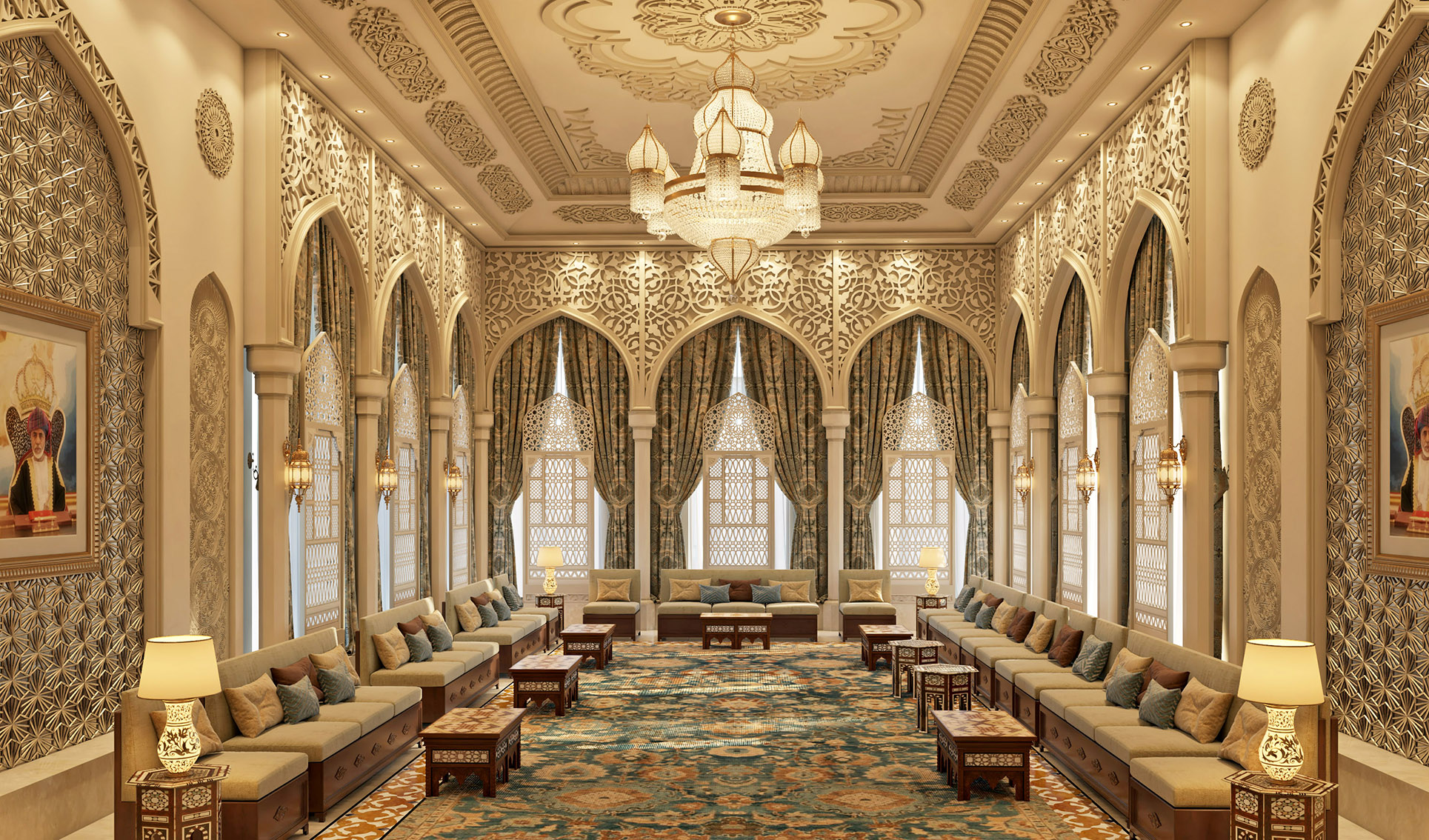
Hotels have all the elements: the reception area where guests are hosted, the food and beverage sector, rooms, shops, pool area, laundry room, landscape, banks, and more, in addition to the variations in the rooms; the deluxe suite is not the same as the residential suite or the typical guest room. Interior designers learn best from their work on hotels because they could test all of their capabilities in one project.
Abd Alkader and his team follow a strategy that prevents them from facing any challenges or future problems in the execution phase of their projects. Every little detail is a response to the drawings that were developed in the construction phase, and the design development phase, so they are always based on the concept that was approved by the client. Finally, Abd Alkader argued that clients sometimes change their minds and that it is not a big deal as long as this happens within the concept phase.
“If you are following the correct strategy and working in the right way, you won’t run into any problems,” he said
